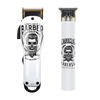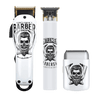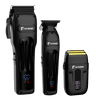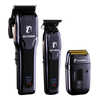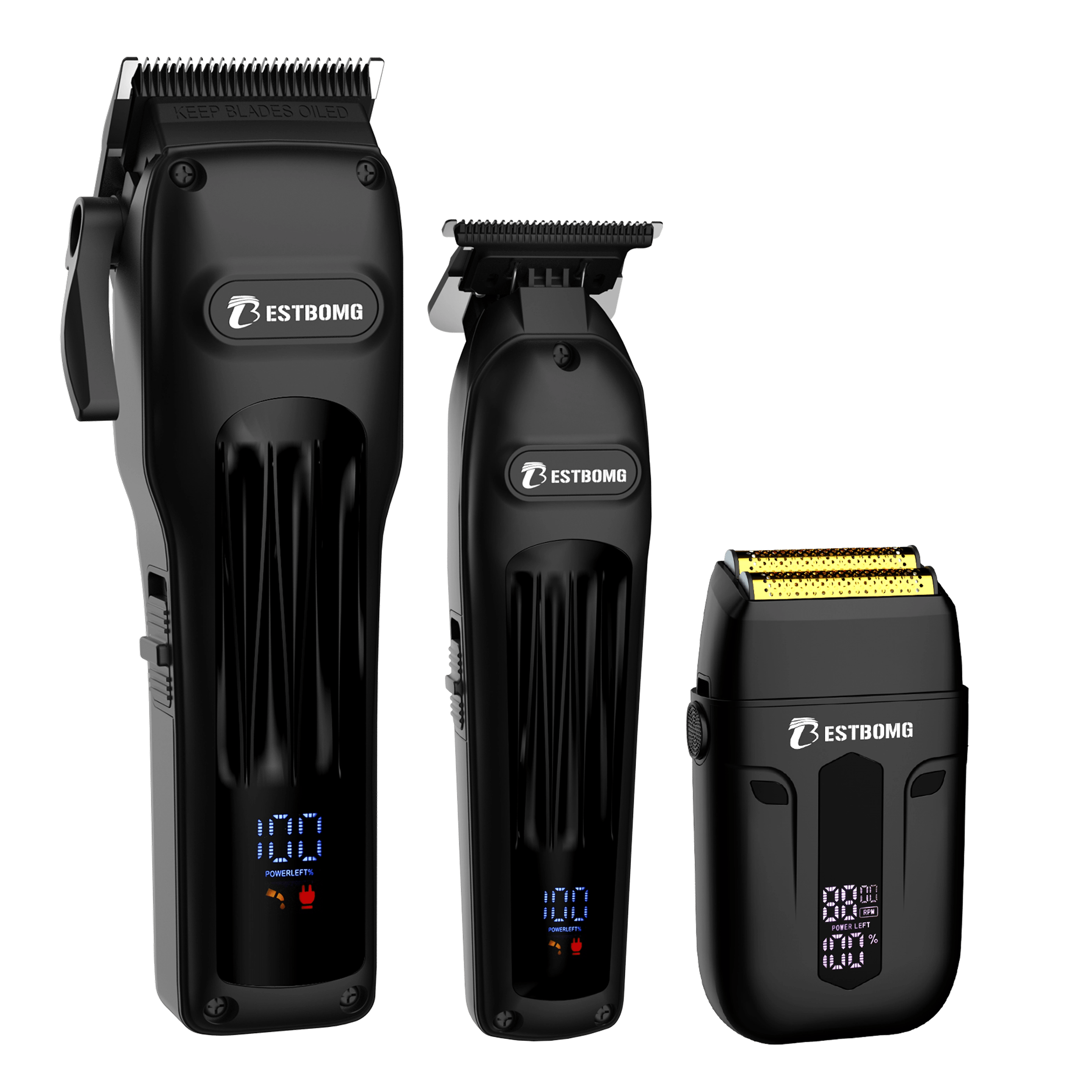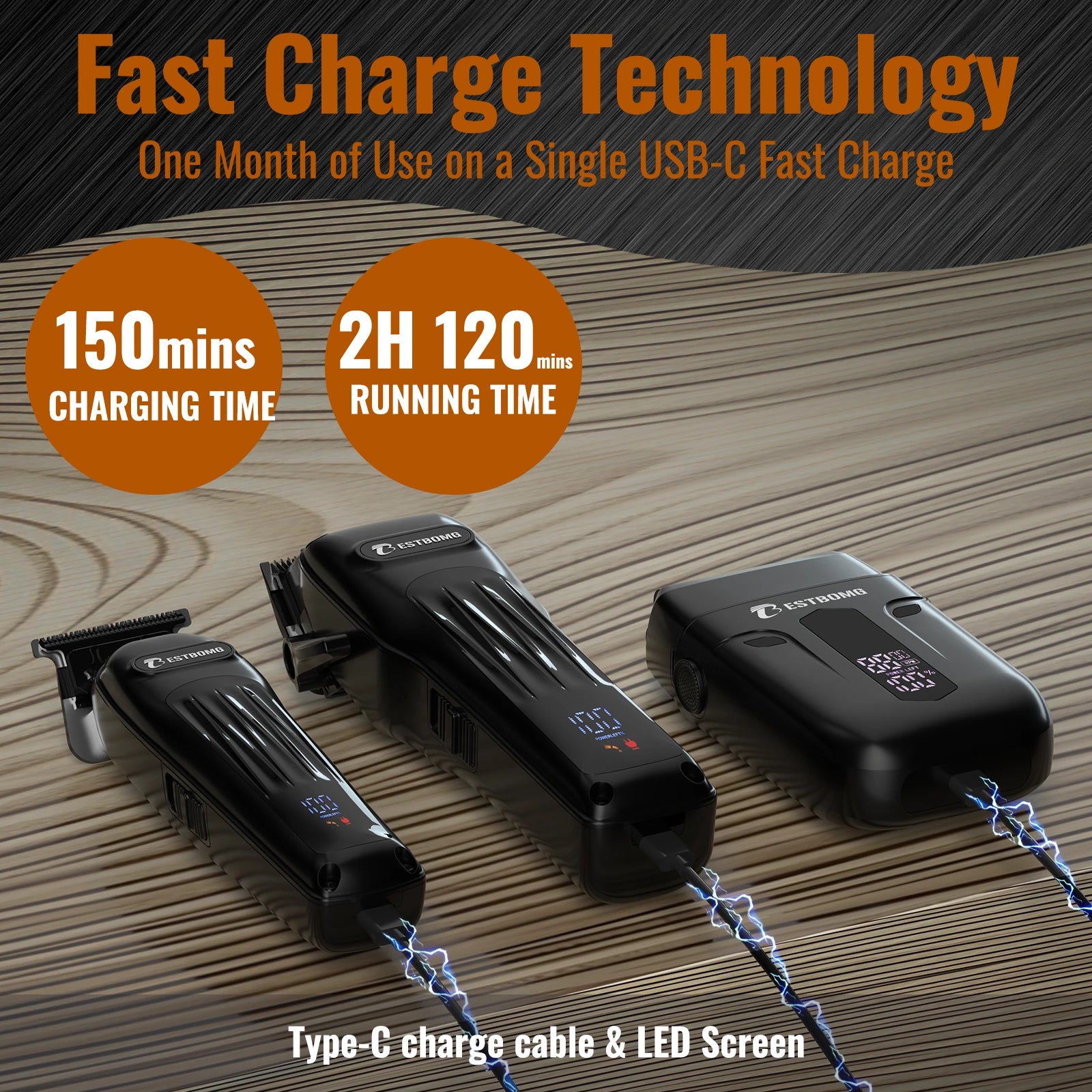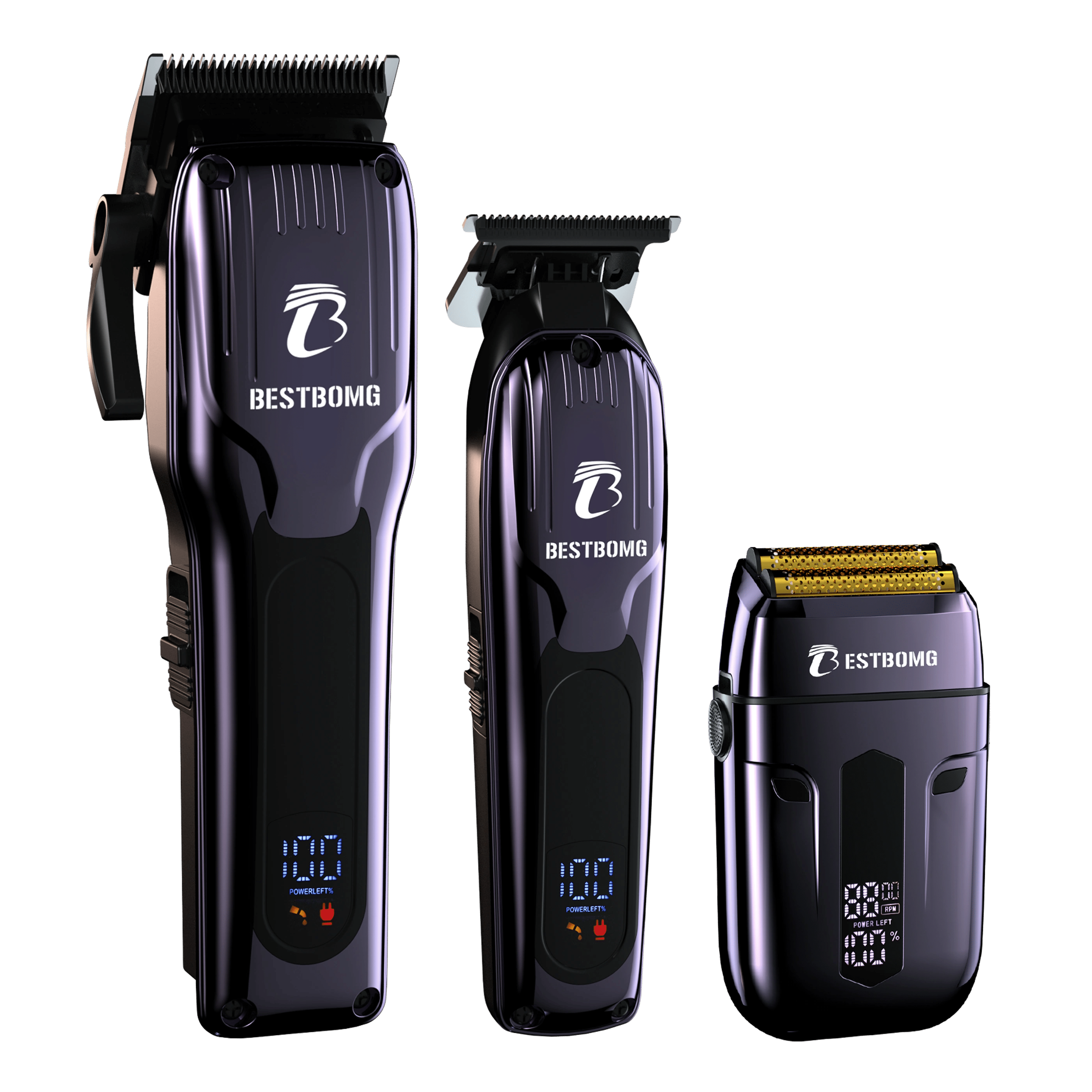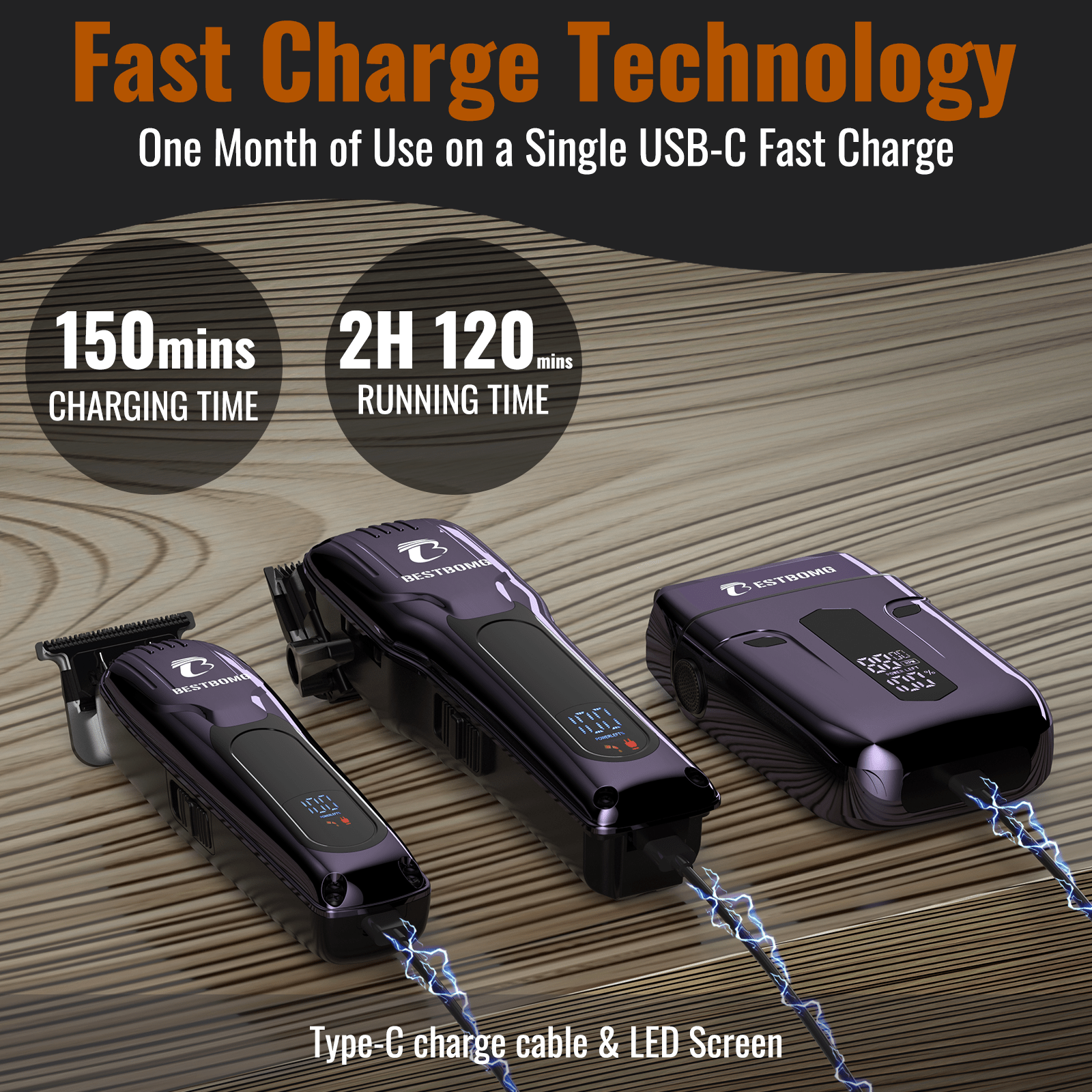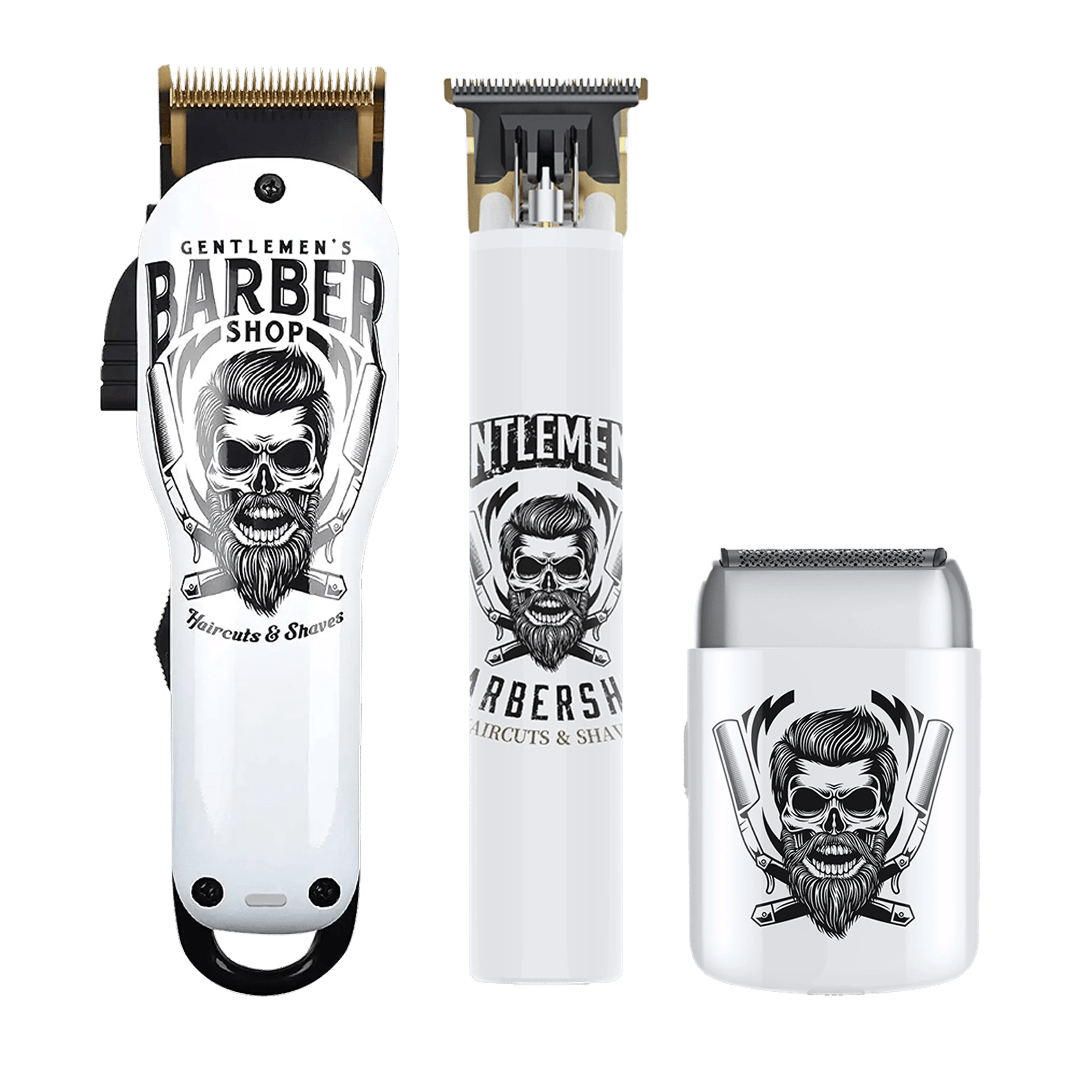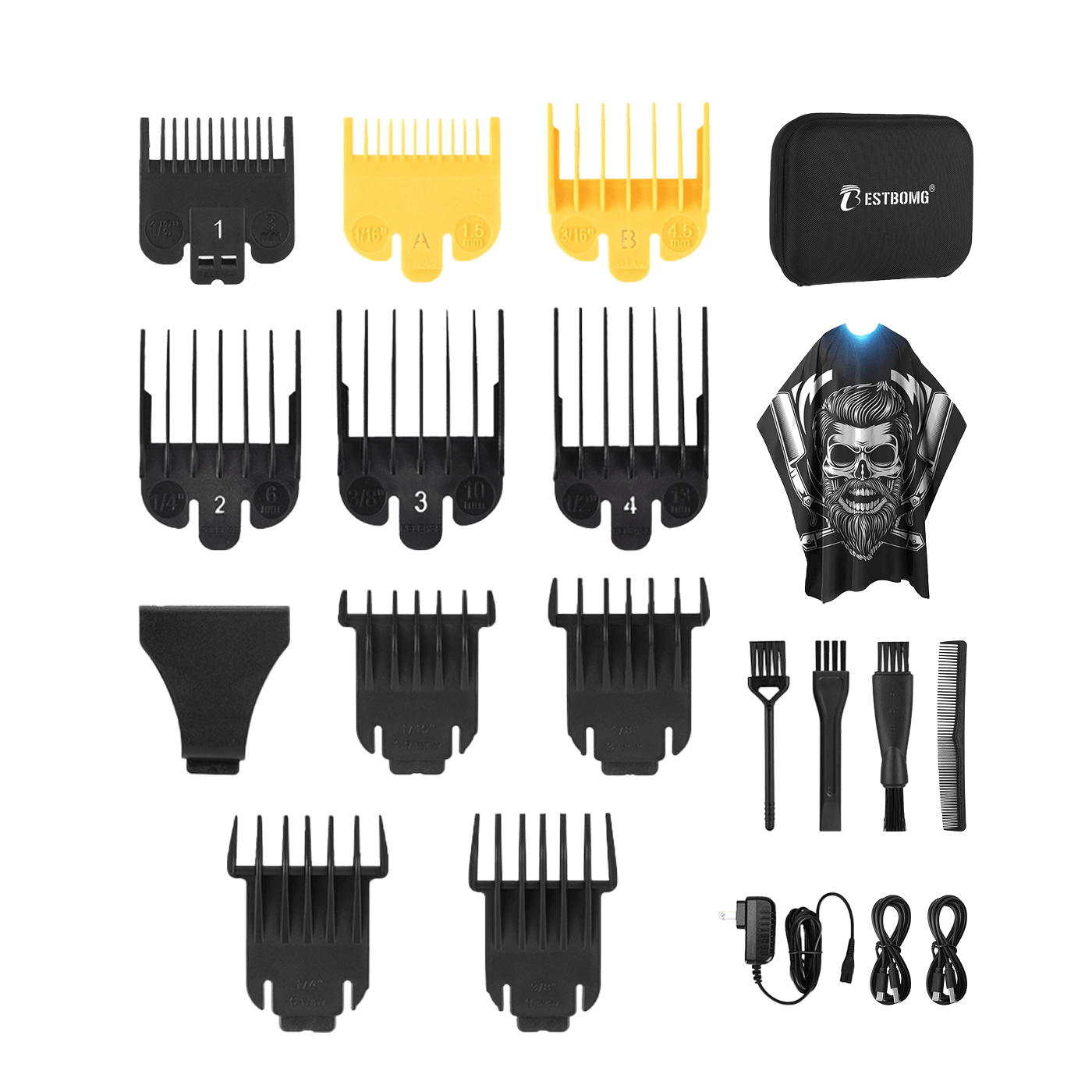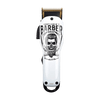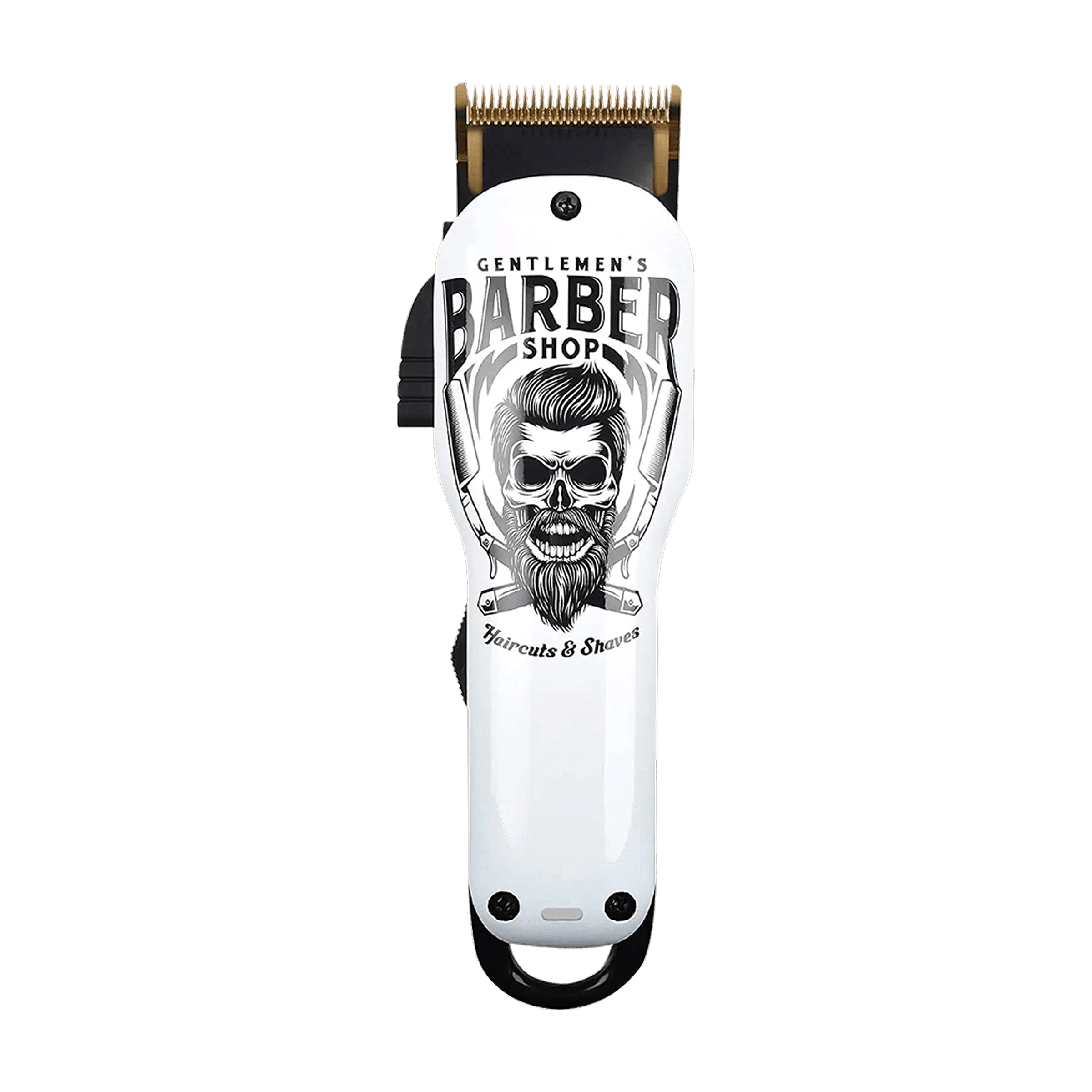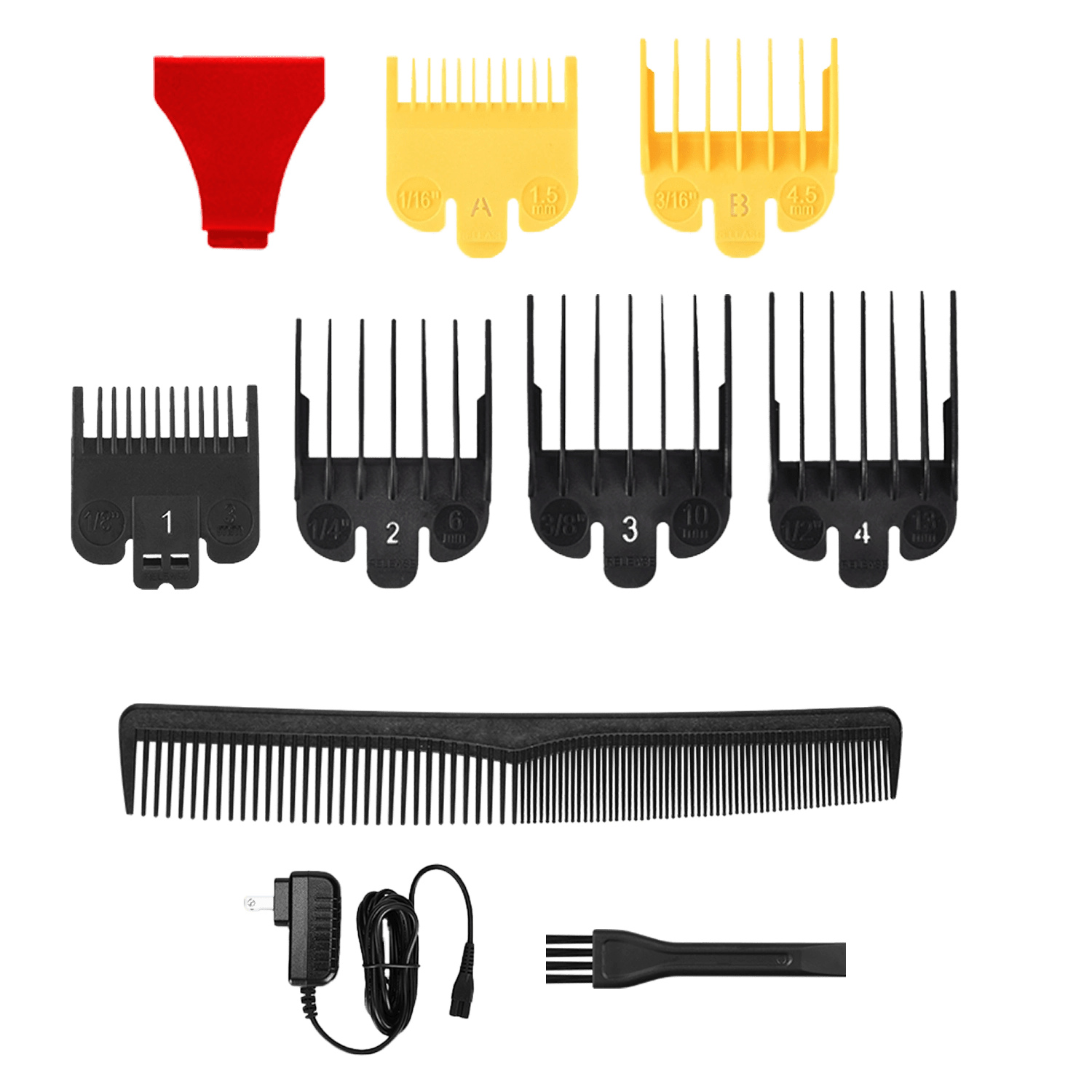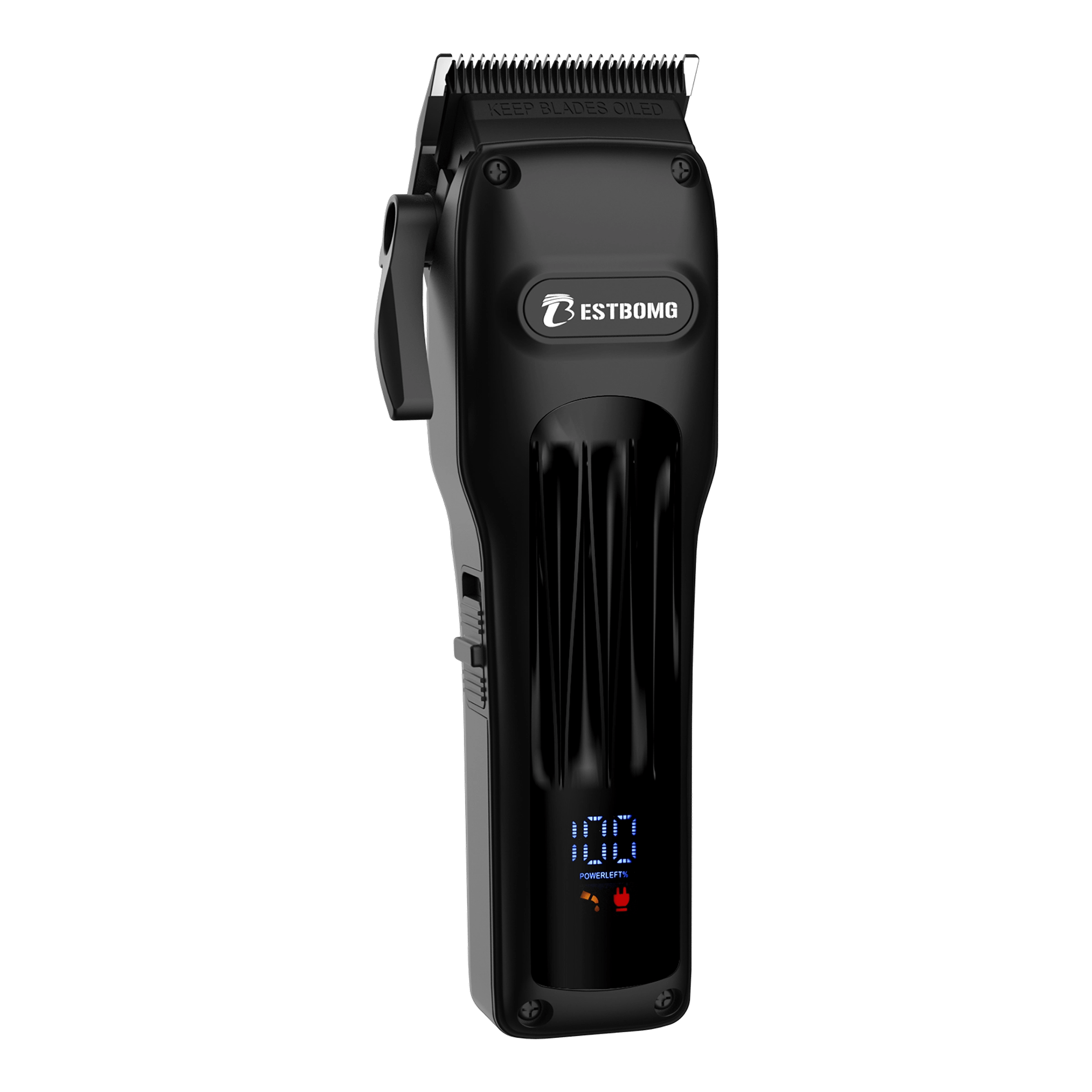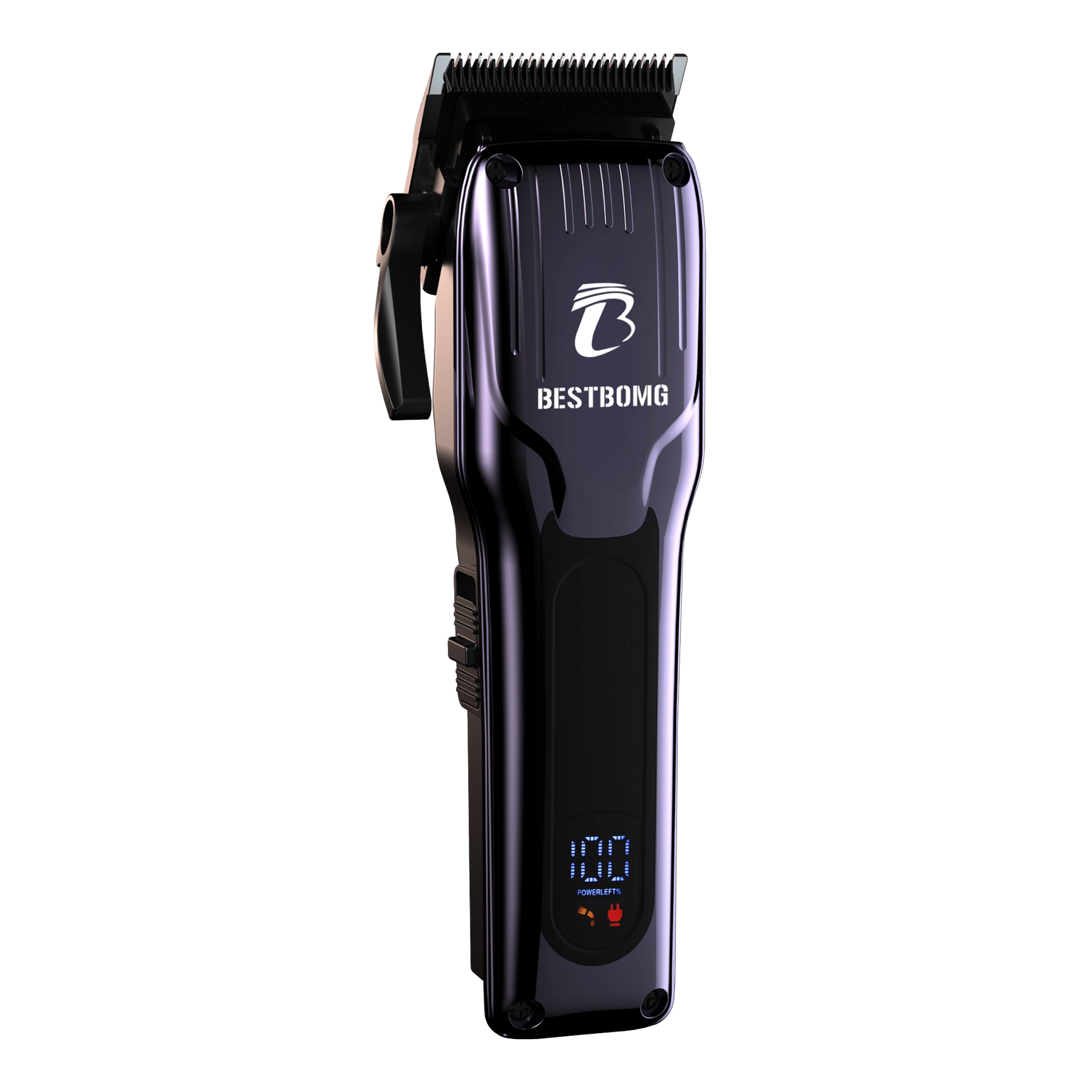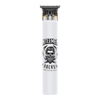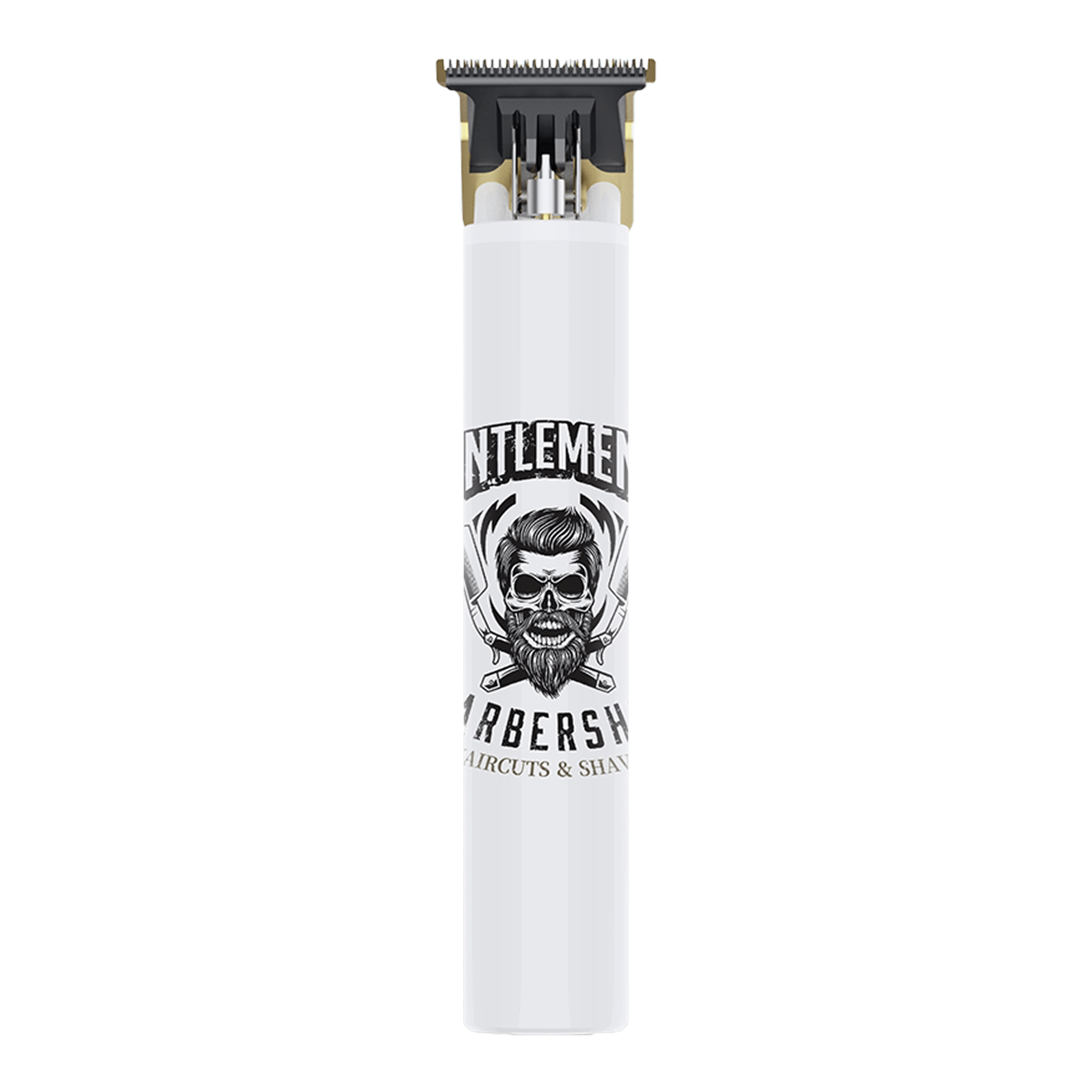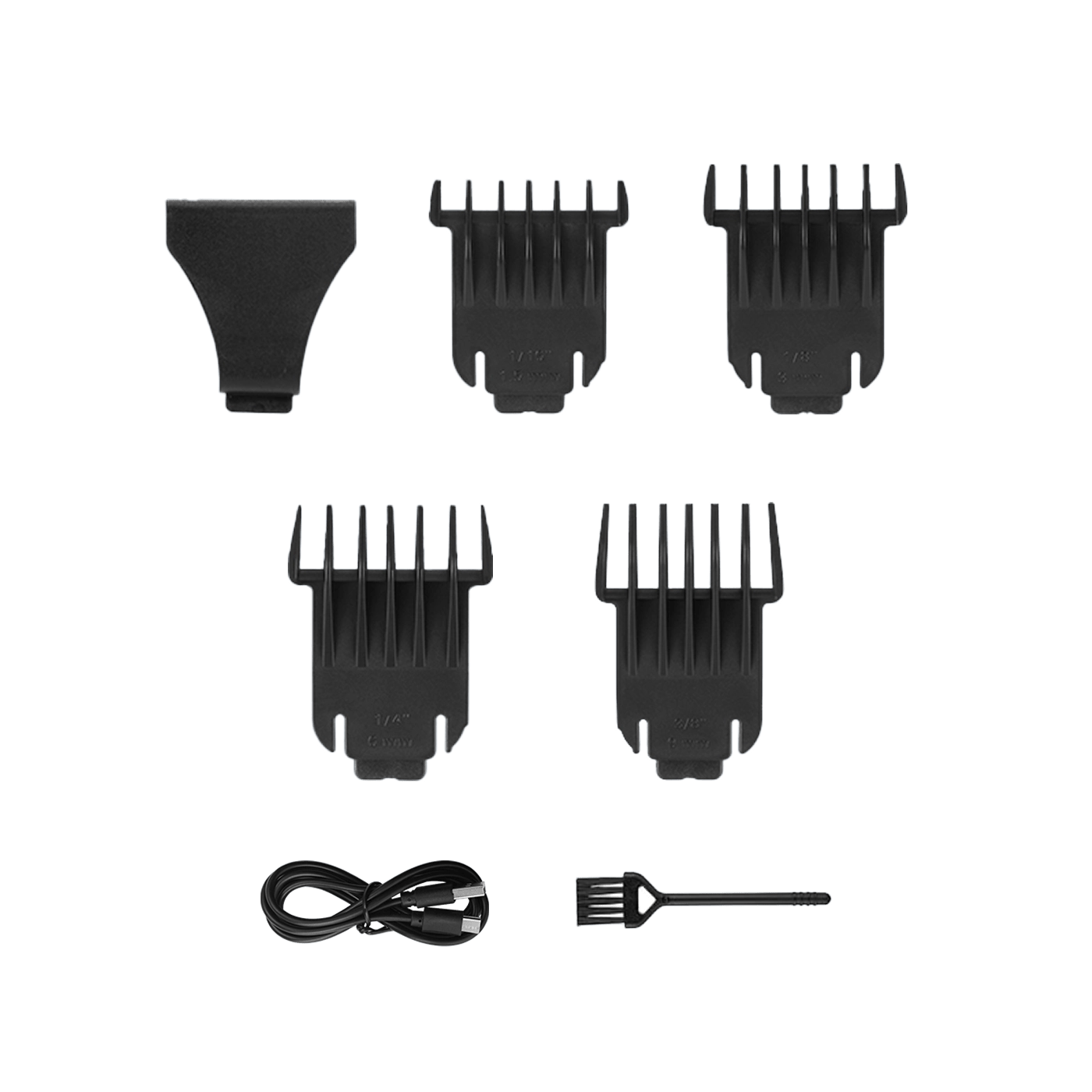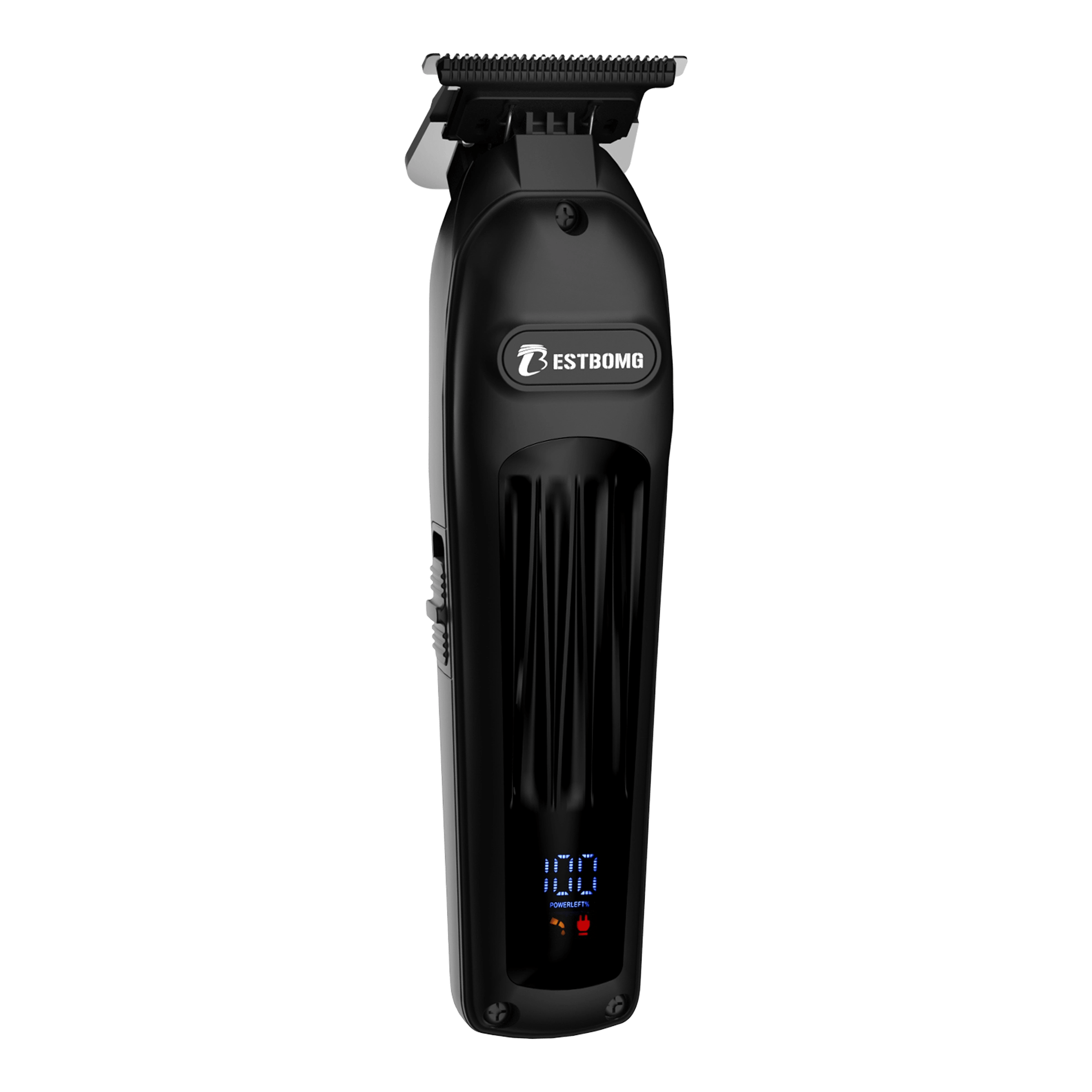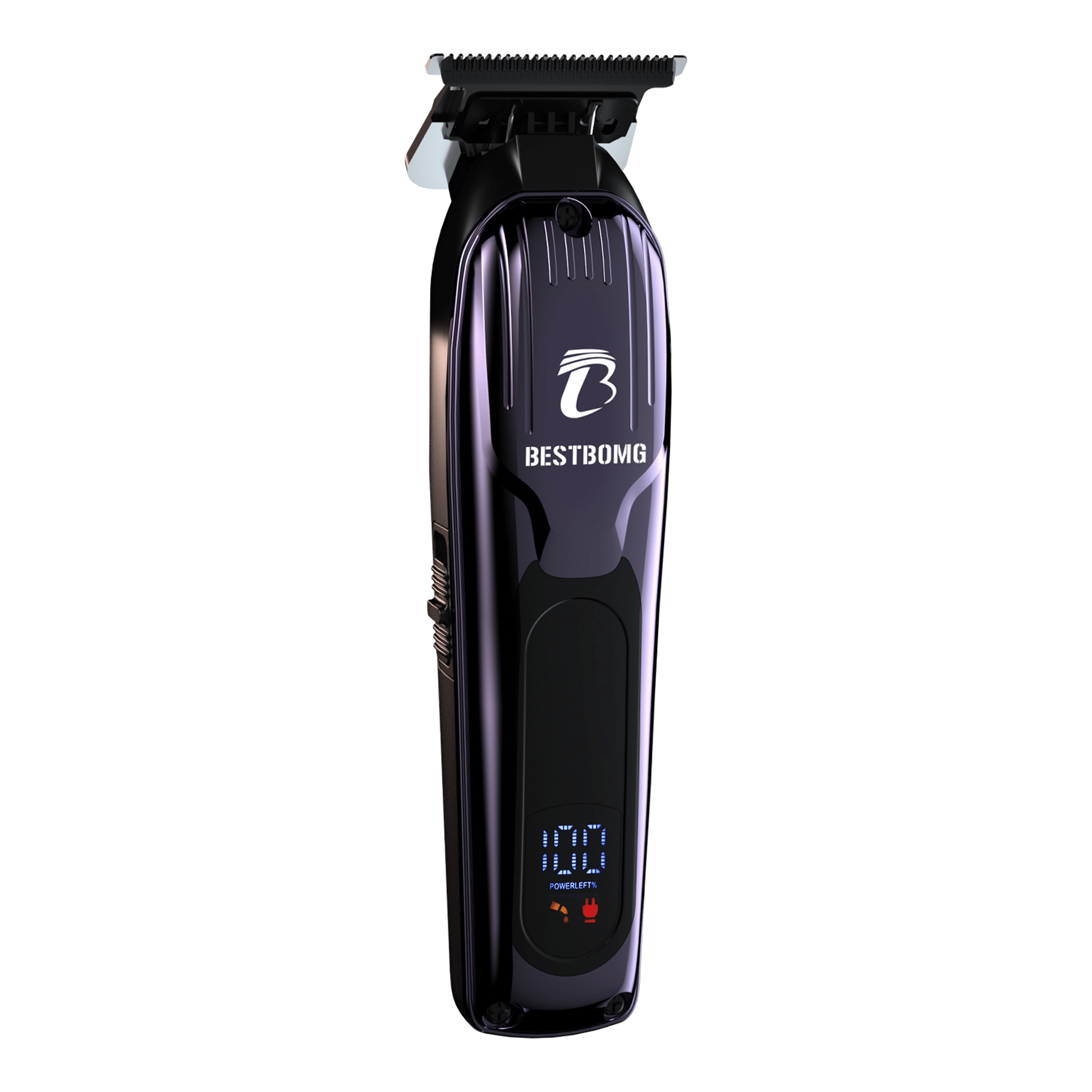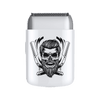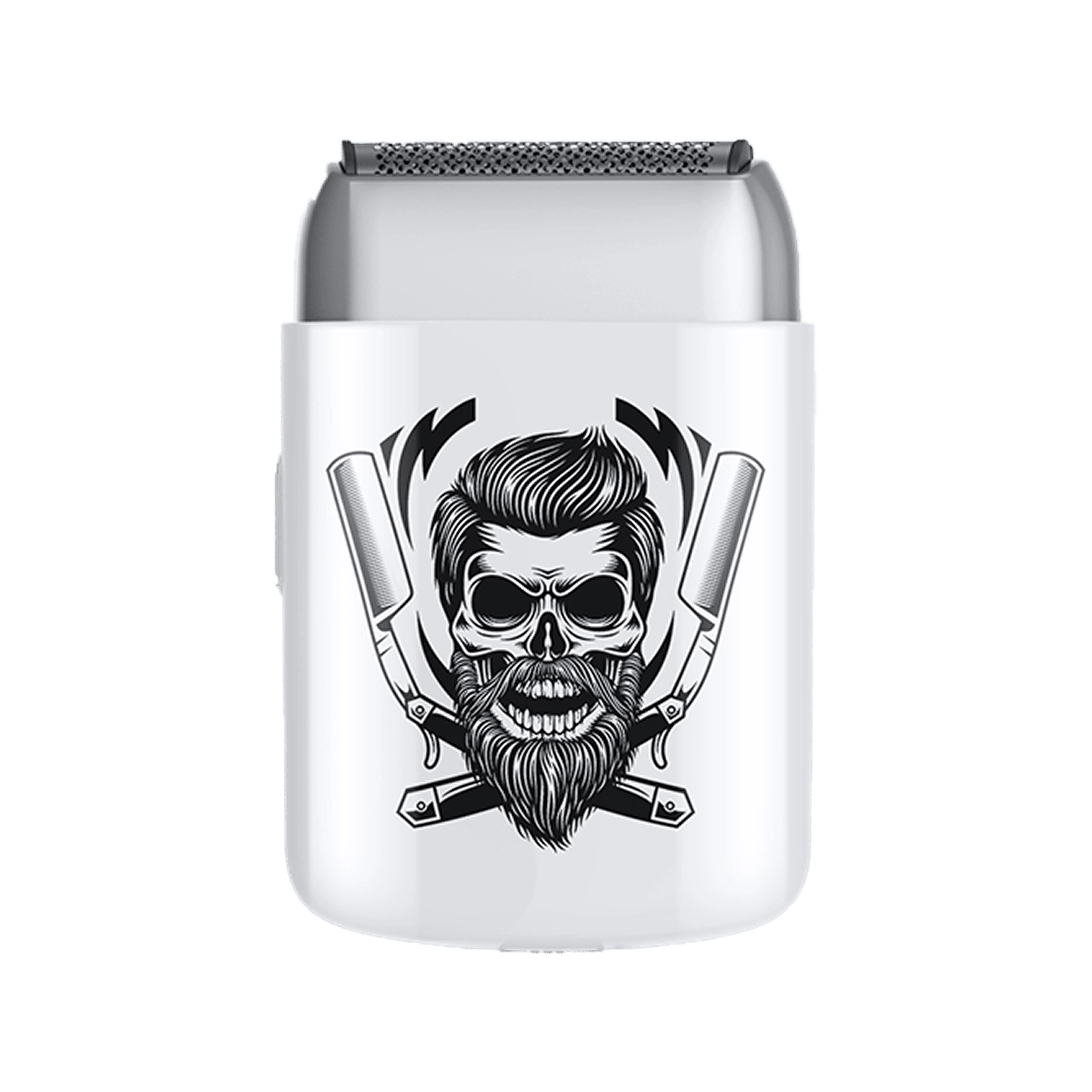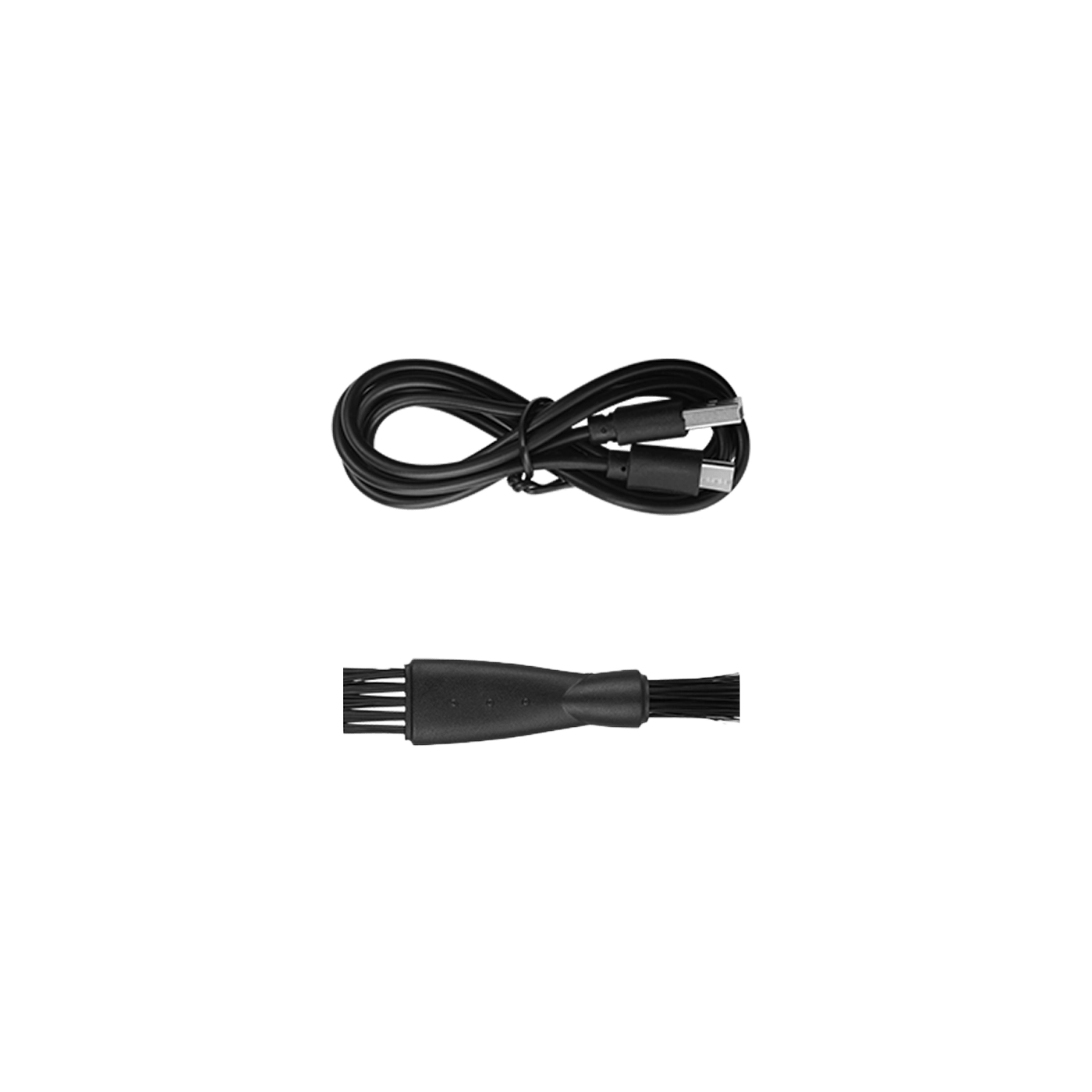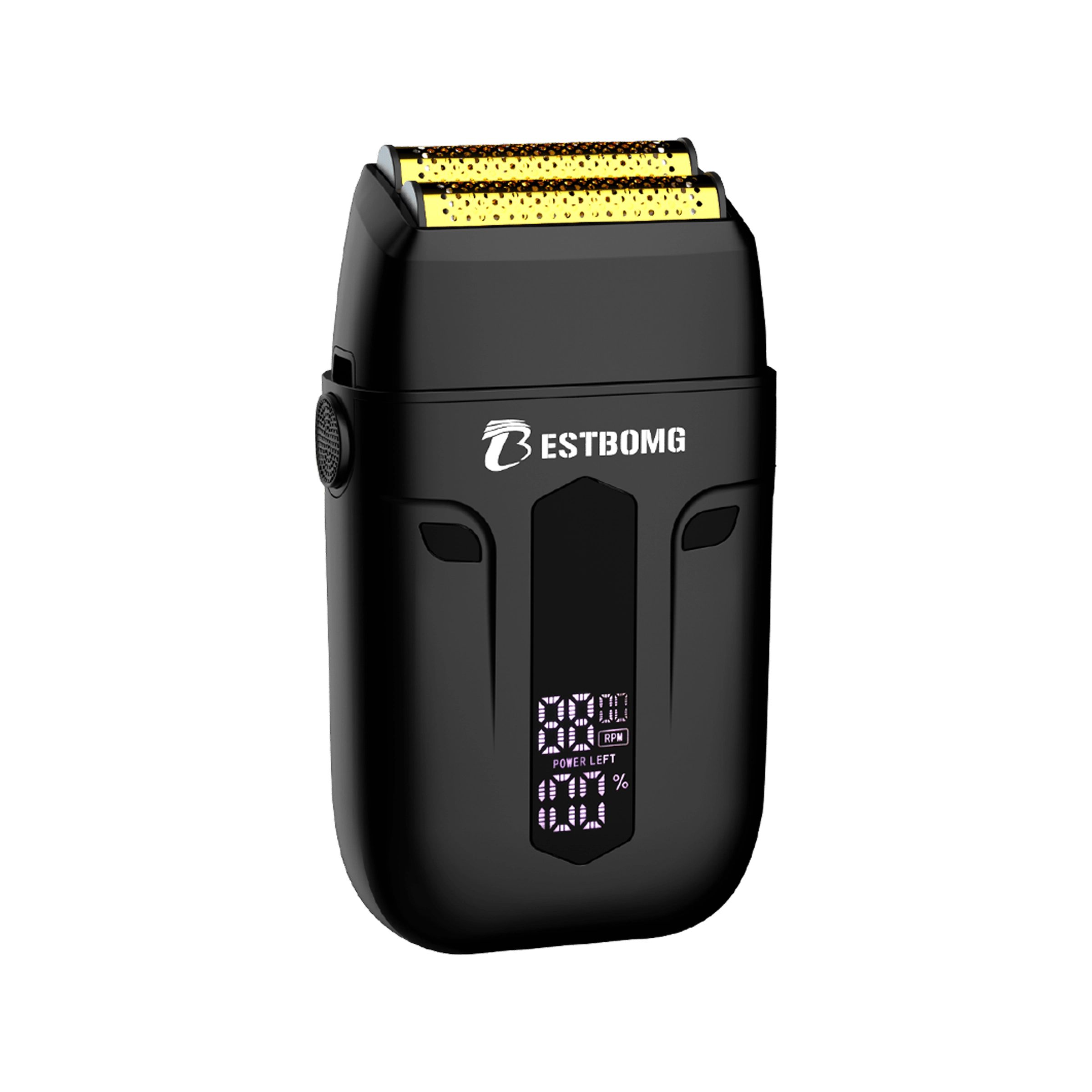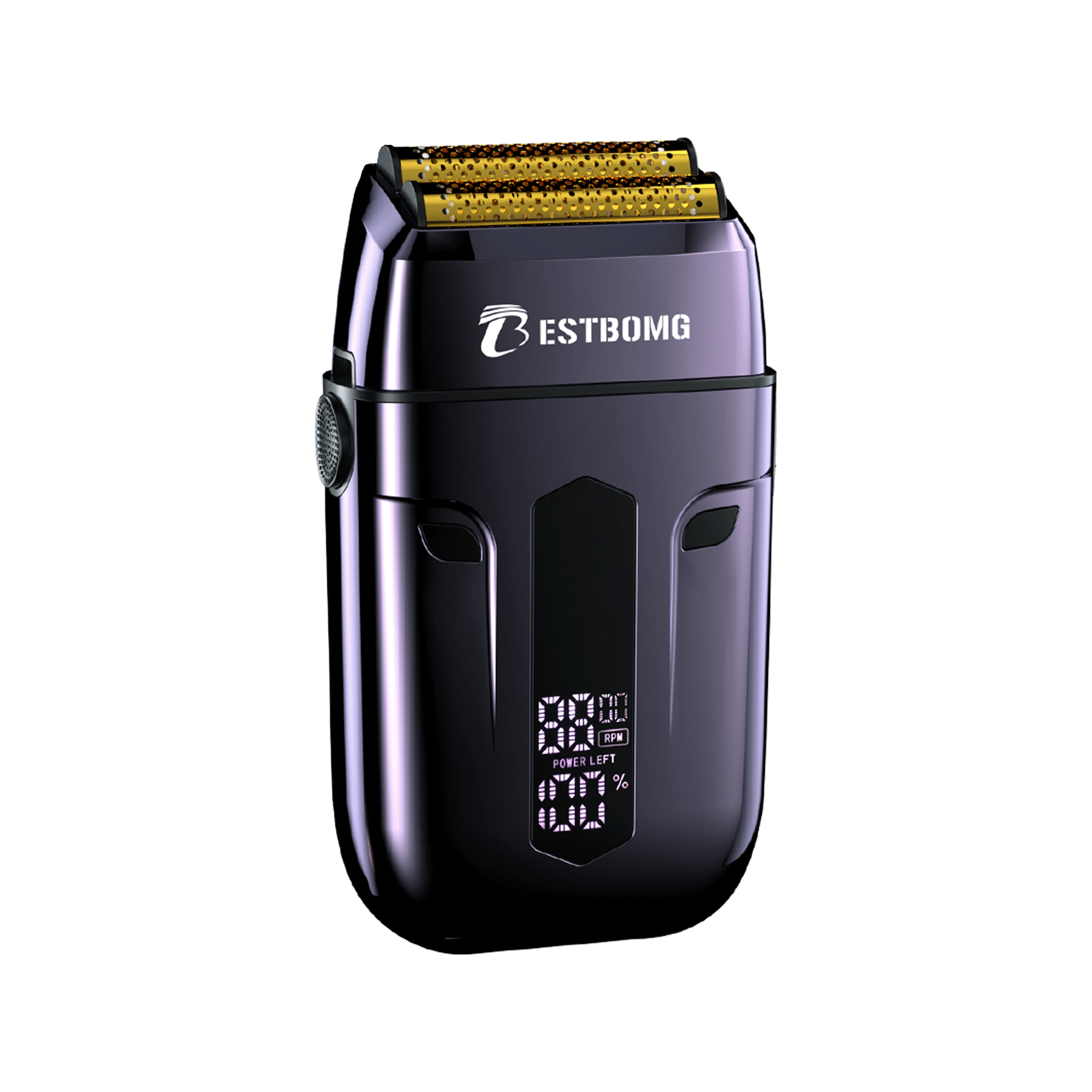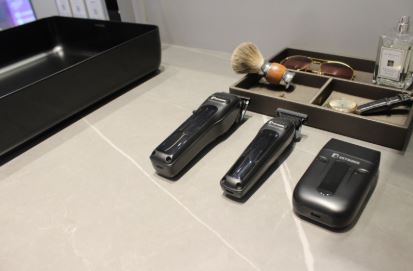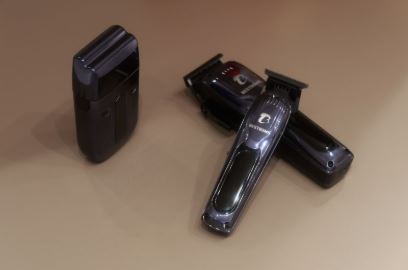If you’ve searched “how to cut your own hair male clippers” and feel a little nervous—totally normal. The trick is a simple system: start longer, work sides and back first, blend with the taper lever, then finish the top and edges. You’ll find that this flow mirrors what big clipper brands teach for first DIY cuts.
Below is a beginner‑proof plan you can follow today, plus guard numbers, blending tips, and a couple of easy “recipes” (even buzz, short‑back‑and‑sides, and long‑on‑top). We’ll also cover maintenance so your clippers keep cutting smooth.
The 30‑second game plan (read this first)
- Start longer than you think—you can always step down. Brand guides for first DIY cuts say exactly this.
- Cut sides and back first, moving against the grain and rolling out at the “ridge” (where the head curves).
- Blend the transition with the taper lever (your micro‑guard): lever up = closer, lever down = longer.
- Cut the top last with a longer guard or clipper‑over‑comb.
- Detail edges around ears/sideburns/neckline. Wahl’s “inverted clipper technique” (flip the clipper) helps with precision.
- Clean & oil in the end—blades run cooler and tug less next time.
What you’ll need (beginner kit)
- Clippers with a taper lever + guards (#1–#8 ideally)
- Comb, section clips, hand mirror, towel/cape
- Good lighting and a sweepable floor
- Clipper brush and a few drops of clipper oil
Dry vs. wet: For clippers, dry hair wins. Philips explicitly advises clipping when hair is completely dry because wet hair sticks to skin and can be missed.
Guard numbers explained (what 1, 2, 3, 4, 5 mean)
These are standard clipper guards that set how much hair remains. Use them like a ruler for your cut.
|
Guard |
Inches |
Approx. mm |
Typical use |
|
#1 |
1/8" |
~3 mm |
Very short sides/stubble |
|
#2 |
1/4" |
~6 mm |
Short sides |
|
#3 |
3/8" |
~10 mm |
Popular all‑over buzz |
|
#4 |
1/2" |
~13 mm |
Safe starter for sides/back |
|
#5 |
5/8" |
~16 mm |
Top length (short) |
|
#6 |
3/4" |
~19 mm |
Top length (longer) |
|
#7–#8 |
7/8"–1" |
~22–25 mm |
Extra‑long top |
The taper lever = your blending cheat code
That little side lever moves the cutting blade minutely, letting you fine‑tune length between guards.
- Lever up (closed) → closest cut
-
Lever down (open) → a bit longer
Wahl’s training page says exactly that—and also notes flicking the lever can free jammed hairs.
Prep in 5 minutes
- Wash, then dry completely. Comb hair in the direction it grows. (Philips’ self‑cut guide: clip when hair is completely dry.)
- Set two mirrors. A wall mirror + hand mirror makes the back manageable.
- Plan your guards. Example: #3 on sides/back, #5–#6 on top. Wahl’s first‑DIY guide starts long and steps down.
- Drape your shoulders; clip the top out of the way if it’s longer.
Step‑by‑step: how to cut your own hair with clippers
This sequence blends brand how‑tos with the most forgiving technique for beginners.
1) Sides & back (build the base)

- Snap on #4 or #3, lever down (longer).
- Start at the neckline and move upward against the grain to just under the head’s “ridge” (temple‑to‑occipital line).
- As you hit the ridge, roll your wrist outward in a small C‑stroke so you don’t dig into the top.
2) Blend the transition

- Drop to #3 (or one size shorter) with the lever half‑open.
- Work the shadow line in short upward flicks.
- If a line persists, tap just below it with #2 open, then return to #3 and slowly close the lever to melt the line.
- Remember the rule: up = closer, down = longer.
3) The back (use the hand mirror)

-
Keep passes short; check after every few strokes. Self‑cut guides stress slow, methodical passes with mirror checks.
4) Top (save it for last)

- Choose #5–#6 for a classic short‑back‑and‑sides, or go #7–#8 to keep more length.
- Comb hair forward and run the clipper front‑to‑back; cross‑check side‑to‑side to catch heavy spots.
- Clipper‑over‑comb (optional): For more shape, lift vertical sections with a comb and skim along the comb’s teeth in short, light passes.
5) Edge & detail (make it look pro)

- Remove the guard; set the lever up (closest).
- Sideburns: tap straight across, then trim down to your chosen length.
- Around ears: fold the ear gently; use tiny, tapping strokes.
- Neckline: either taper (step down #3 → #2 → #1) or square (tap a straight line with lever up).
- Try Wahl’s “inverted clipper technique”—flip the clipper so the top faces your head for extra agility.
6) Final check

- Brush away clippings; comb hair how you’ll wear it.
- If a patch looks darker, use the next longer guard and feather with light, scooping passes.
Easy “recipes” to copy
These mirror what brand and editorial guides recommend for first DIY cuts: start long, reduce slowly, blend with the lever.
A) Even buzz (fastest & foolproof)
- One guard all over (popular: #3).
- Do one pass with the grain, then a light against‑the‑grain pass for uniformity.
B) Short‑back‑and‑sides (classic)
- Sides/back: #3 down to the ridge.
- Blend: #2 open on the band below; then #3 half‑open/closed to erase the line.
- Top: #5–#6 or clipper‑over‑comb.
- Edge: lever up for sideburns/ears/neckline.
C) Long on top (crew/ivy vibe)
- Sides/back: #2–#3 for a clean silhouette.
- Top: #6–#8 for length and shape; add a tiny lift in front if you wear a quiff.
- Blend: use the lever to soften the transition around the ridge.
Cutting longer top with clippers vs scissors? Many grooming editors suggest scissors for texture on top, but you can still keep it tidy with longer guards and clipper‑over‑comb.
Tips for “cutting your own hair men” (self‑cut sanity savers)

- Mirror setup is everything. A wall mirror plus a hand mirror lets you triangulate the back.
- Anchor your elbows against your ribs to steady your hand.
- Divide the head into zones: right side → left side → back → top → edges.
- Take breaks. Step back, look under brighter light, then continue.
- Start longer—Wahl’s DIY guide literally starts with higher guards and steps down.
Can you use clippers on wet hair?
Use clippers on dry hair. Wet hair clumps and can get missed; clip when hair is completely dry for even feeding and accurate length. That’s straight from Philips’ self‑cut advice.
Maintenance that makes cuts smoother (and blades last)
-
After each cut: brush out hair from the blades and guards.
- Disinfect (optional) with a blade‑safe spray—follow label contact time.
- Oil: put a few drops across the teeth and on each “heel/rail,” run 5–10 seconds, wipe excess. This reduces heat and tugging and is standard brand guidance.
- Store dry with the blade guard on.
Troubleshooting: common mistakes (and quick fixes)
- Starting too short → Go up a guard and re‑blend. Next time, begin one size longer (Wahl’s advice for first DIYs).
- Visible line/band → Use the taper lever as a micro‑guard (half‑open/closed) and flick at the line.
- Uneven back → Slow down; work in shorter zones; check the hand mirror after every few strokes.
- Snagging/tugging → Clean and oil; recheck blade alignment if your clipper allows.
- Messy edges → Try the inverted clipper technique for better control around ears/neckline.
Frequently Asked Questions
How to cut your own hair—male clippers for beginners?
Set two mirrors, choose #3–#4 for sides/back and #5–#6 for top. Work against the grain to the ridge, then blend with the taper lever (half‑open/closed) or a half‑step guard. Cut the top last, and edge with the lever up. This mirrors the first‑DIY approach brands teach.
Is it possible to cut your own hair with clippers?
Yes—editors and barbers recommend simple guard plans, patience, and good mirrors. Start long, take your time, and stick to forgiving styles (buzz, short‑back‑and‑sides).
What do 1, 2, 3, 4, 5 mean in haircuts?
They’re guard sizes that set length. Typical: #1 ≈ 1/8", #2 ≈ 1/4", #3 ≈ 3/8", #4 ≈ 1/2", #5 ≈ 5/8", #6 ≈ 3/4" (up to #8 ≈ 1").
Can I cut my hair by myself (male)?
Absolutely. Keep it simple: start with a higher guard and step down, then blend with the lever. For longer tops, use long guards or clipper‑over‑comb and finish with light product.
Should I cut my hair wet or dry with clippers?
Dry. Philips states wet hair sticks to skin and can be missed; clip when hair is completely dry for even results.
